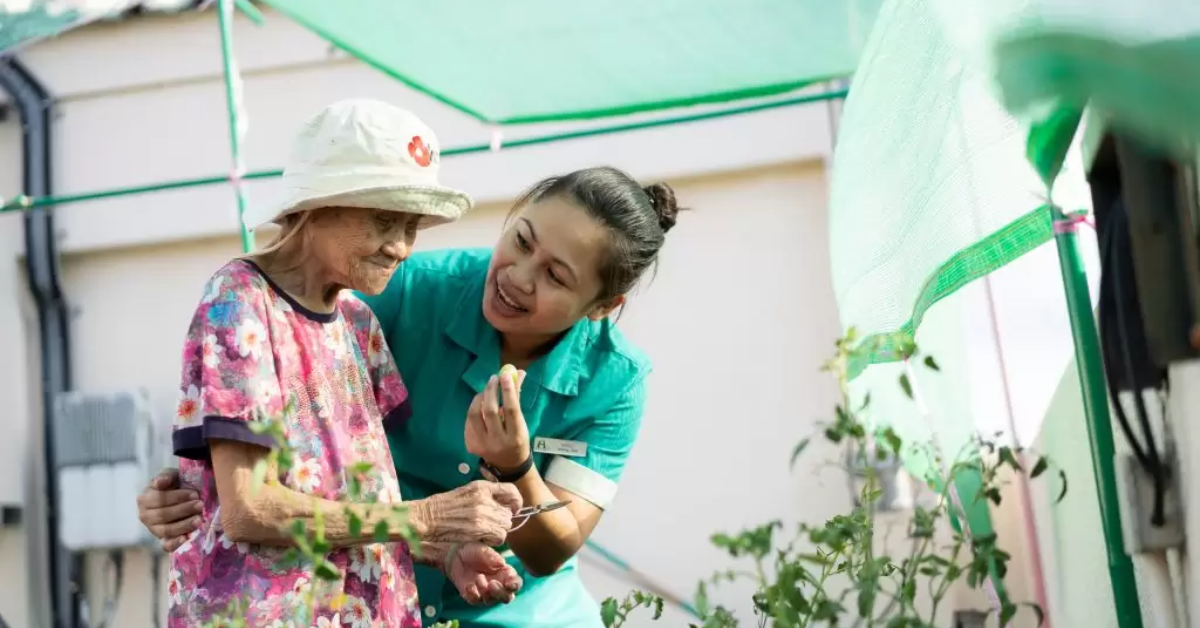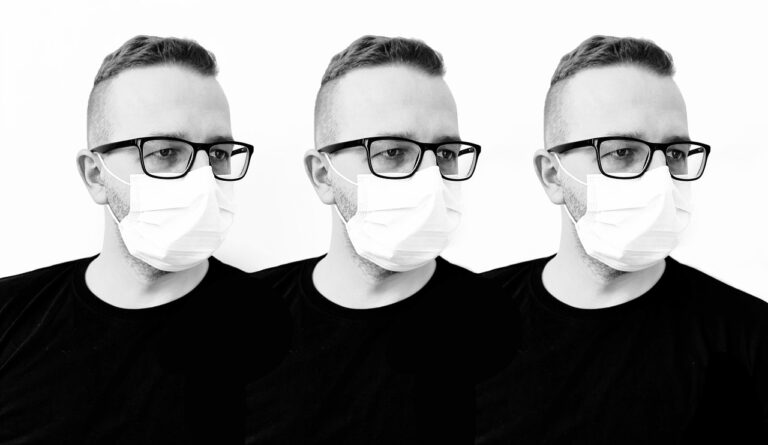Comprehensive Guide to Stroke Care in Singapore
Stroke is one of the leading causes of long-term disability and death globally. Stroke Care Singapore the incidence of stroke has been rising due to factors like aging population, sedentary lifestyle, and chronic health conditions such as hypertension and diabetes. As awareness grows, the importance of accessible and high-quality stroke care in Singapore has become a crucial element of the country’s healthcare landscape.
Whether it’s prompt emergency treatment, intensive rehabilitation, or long-term care, Singapore offers a wide range of stroke care services tailored to meet the unique needs of each patient. Families and caregivers now have more options than ever before to support stroke survivors through recovery and reintegration into daily life.
Understanding Stroke and Its Impact
A stroke occurs when blood flow to a part of the brain is interrupted or reduced, depriving brain tissue of oxygen and nutrients. Within minutes, brain cells begin to die. The effects of a stroke can be life-altering, ranging from mild weakness to complete paralysis or cognitive impairment.
There are two main types of strokes:
-
Ischemic stroke – caused by a blocked artery.
-
Hemorrhagic stroke – caused by a ruptured blood vessel.
A third condition, transient ischemic attack (TIA), often called a mini-stroke, may occur temporarily but serves as a critical warning sign for future strokes.
The consequences can vary based on the severity and location of the stroke. Some common effects include:
-
Difficulty speaking or understanding speech
-
Weakness or numbness in limbs
-
Vision problems
-
Balance and coordination issues
-
Memory and cognitive challenges
Effective stroke care in Singapore begins with timely recognition of symptoms and swift medical intervention, followed by a multidisciplinary rehabilitation program.
Immediate Stroke Intervention in Singapore
One of the most vital aspects of stroke care is early intervention. In Singapore, several hospitals have dedicated stroke units and emergency protocols to manage acute stroke cases. The “golden hour” — the first 60 minutes after a stroke — is critical. Hospitals equipped with 24/7 neurology and radiology support can administer clot-dissolving medications or perform emergency procedures to restore blood flow.
Ambulance services and emergency departments in Singapore are trained to handle stroke patients efficiently. The Singapore Stroke Services Improvement (SSSI) project, supported by the Ministry of Health, has helped streamline acute stroke pathways across the public healthcare system.
This ensures that patients are assessed rapidly, receive brain scans without delay, and are provided with treatments such as thrombolysis or mechanical thrombectomy when needed.
Stroke Rehabilitation Services
Recovery from stroke is a long journey, and rehabilitation plays a central role. In Singapore, stroke rehabilitation is typically delivered in phases:
-
Inpatient Rehabilitation – Conducted in hospitals or specialized care centers where stroke survivors receive intensive therapy under close medical supervision.
-
Outpatient Rehabilitation – Patients attend therapy sessions multiple times a week while living at home or in assisted care.
-
Community-Based Rehab – Focused on reintegrating patients into society and supporting independent living.
Therapies usually include:
-
Physiotherapy – to regain strength and mobility.
-
Occupational therapy – to relearn daily tasks and improve independence.
-
Speech and language therapy – to recover communication abilities.
-
Psychological support – to manage mood, depression, or anxiety.
Facilities offering specialized stroke care in Singapore incorporate advanced technologies like robotic-assisted therapy, virtual reality rehab tools, and neurofeedback systems. These tools enhance recovery outcomes by improving motivation and allowing for more personalized treatment.
Long-Term Stroke Care Options
For some stroke survivors, long-term care becomes necessary due to permanent disabilities. In Singapore, families can choose from a range of options depending on the patient’s needs and financial considerations:
-
Nursing Homes – For patients who require full-time nursing care.
-
Community Hospitals – Provide continued medical and rehab care post-discharge from acute hospitals.
-
Home-Based Stroke Care – Allows patients to stay in familiar surroundings while receiving professional medical and rehabilitative support.
-
Day Rehabilitation Centres – Provide therapy services during the day, allowing patients to return home each evening.
Providers of stroke care in Singapore understand that each patient’s recovery path is different. Thus, care plans are designed collaboratively with families, therapists, and medical professionals to ensure continuity and compassion in care delivery.
Support for Families and Caregivers
Stroke not only affects the patient but also places significant emotional and physical burdens on caregivers. Singapore has various programs and community resources to support caregivers, including:
-
Training programs to equip family members with caregiving skills
-
Respite care services to give caregivers short breaks
-
Counseling and support groups to offer emotional and psychological support
Government grants like the Caregivers Training Grant (CTG) and Home Caregiving Grant (HCG) help reduce the financial strain of caregiving. These resources enable more families to provide better home-based care for their loved ones.
Innovations and Advancements in Stroke Care
Singapore continues to invest in medical research, digital health, and robotics to advance stroke recovery. The National Neuroscience Institute (NNI) and other research centers are leading studies into stroke prevention, neuroplasticity, and personalized rehabilitation.
Tele-rehabilitation is also gaining popularity, allowing patients to receive therapy remotely via video consultations and digital platforms. This makes it easier for stroke survivors to continue therapy at home, especially those with mobility issues.
In addition, artificial intelligence (AI) is being used to detect early signs of stroke through medical imaging, helping doctors make quicker and more accurate diagnoses.
Prevention and Public Awareness
Preventing a stroke is always better than treating one. Singapore’s public health campaigns focus on educating the public about stroke risk factors and healthy lifestyle choices. Key prevention strategies include:
-
Managing blood pressure and cholesterol
-
Quitting smoking and reducing alcohol consumption
-
Staying physically active
-
Eating a balanced diet
-
Regular health screenings
Campaigns such as the FAST (Face, Arms, Speech, Time) awareness initiative teach citizens to recognize stroke symptoms and act quickly, thereby improving outcomes.
Conclusion
Quality stroke care is vital to saving lives and improving the quality of life for stroke survivors. Singapore offers a robust healthcare infrastructure with dedicated hospitals, specialized rehabilitation centers, and community support programs. Whether it’s emergency treatment, long-term care, or caregiver support, the ecosystem for stroke care in Singapore continues to grow and innovate.
Families seeking compassionate and comprehensive support for their loved ones can rely on expert care providers across the country. From hospital treatment to home-based recovery, the right care can make all the difference in the journey to recovery and independence.







